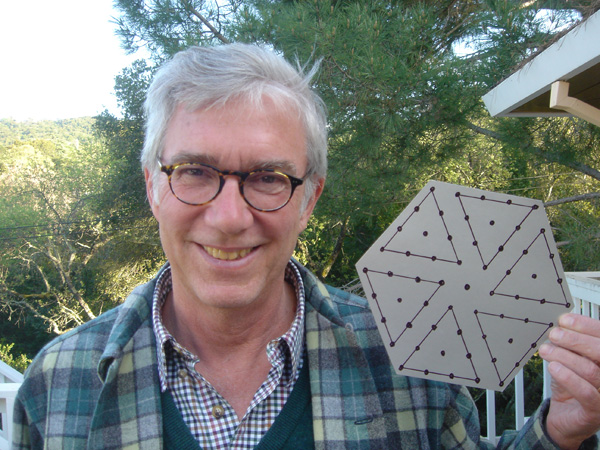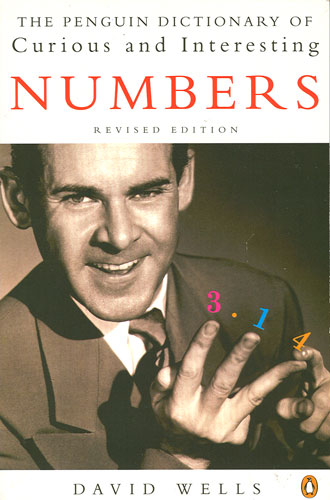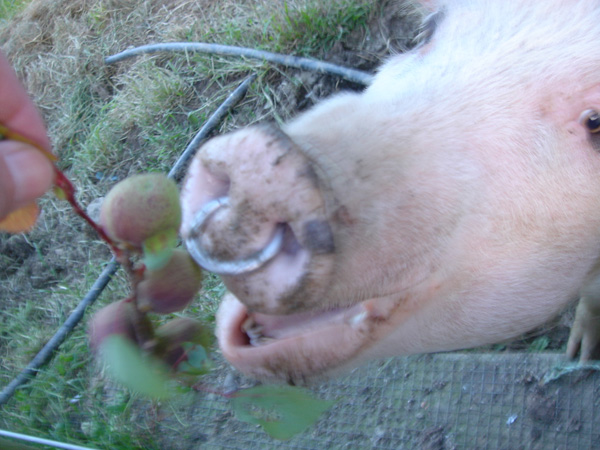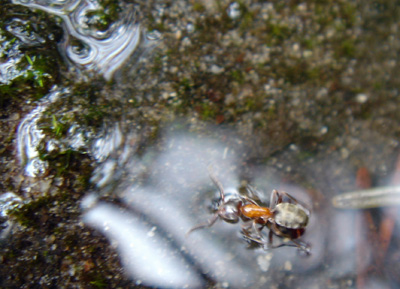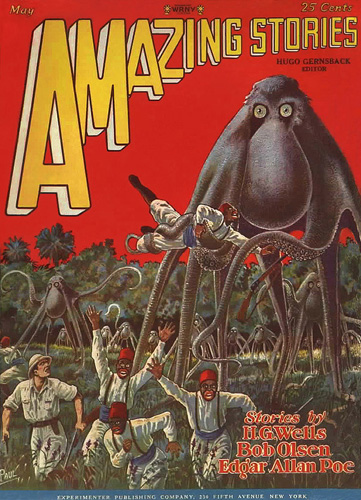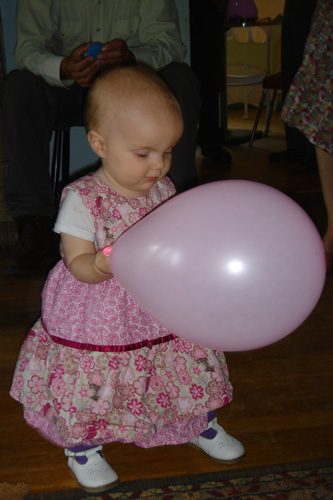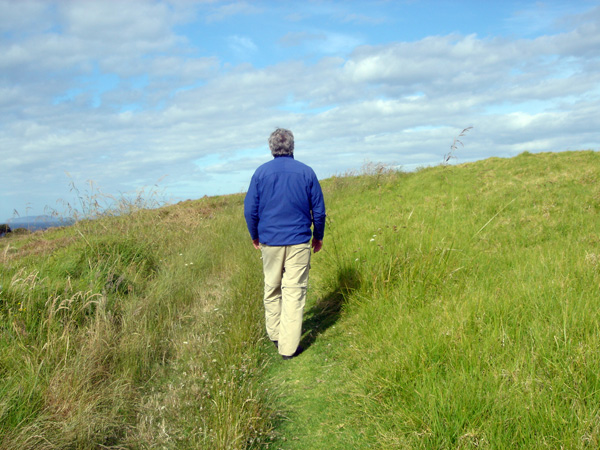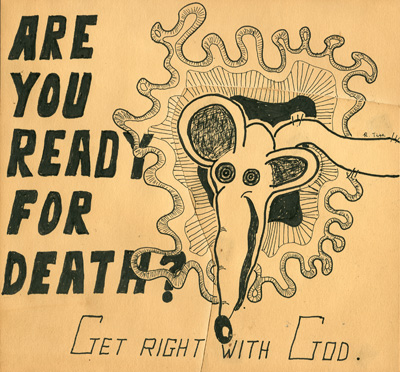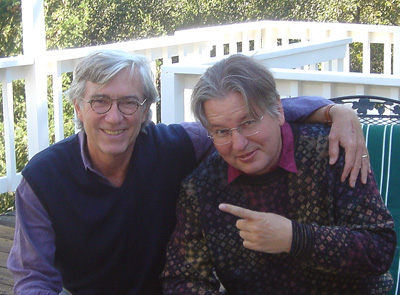Here’s today’s idea for Hylozoic, second volume in my forthcoming cyberpunk trilogy. Having written chapter one, I’m reworking the outline. Dig this, dear reader.
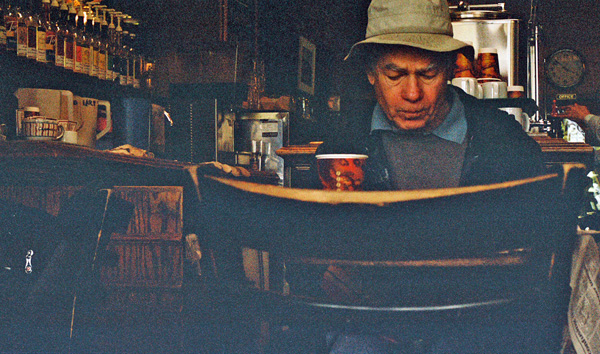
The Missing Gnarl. This is where I want to end up: the birdlike alien Peng are siphoning off the gnarly computation from Earth’s matter. As a result, our clouds, waves, fire, wind, plants and minds behave more simply. What are the Peng using the gnarl for, and how are they stealing it?
[Me with my friend Gary on the roof the SF Opera house after he gave us a backstage tour after the ballet on Sunday. Scanning the sky for UFOs.]
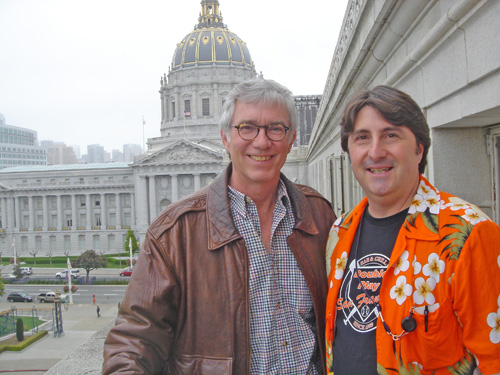
The Peng use the missing gnarl to simulate individual Peng that thereby acquire a physical presence on Earth. These “parasims” are much stronger form of emulation than a simulation that lives within a virtual reality. Parasims have mass and physical presence. They’re the output of a heavy-duty distributed quantum computation spanning the decillion or so particles on the parasims’ “ranch.” The parasim Peng fall apart without a steady influx of computation. They’re like ice-sculptures in a blast furnace, being kept together by a zillion gnats with trowels and Slushy cones.
[At the opera there’s a prop area with for instance every kind of staff they might need for staging a show. People use staves a lot in opera-land. Keeping the actorly persona together like a parasim.]
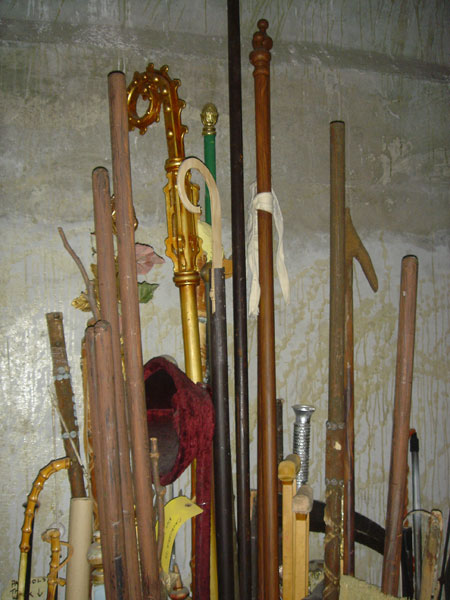
Here’s the kicker. Due to certain inefficiencies of the emulation procedure, maintaining the physical presence of a single Peng family’s parasims requires every bit of the gnarly computation contained within a patch that covers some ten thousand square kilometers of Earth’s surface. That’s a million hectares. Putting it another way, parasimulating a small Peng family requires the resources of Peng ranch which is a square that’s roughly sixty miles on a side, like a large county. And the parasims soak up the computation in a mile of the air above the Peng ranch as well as a mile’s worth of the Earth’s crust below.
[The Los Gatos fountain wouldn’t look like this anymore. It’d be simple parabolic arcs.]
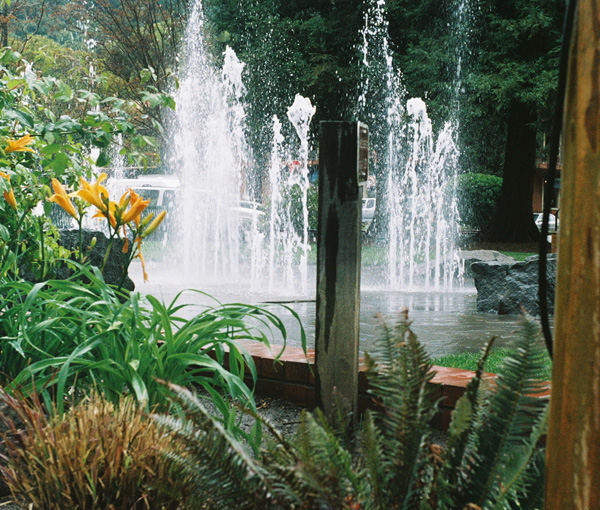
A Peng has to be very wealthy to become an Earth-based parasim. It’s the final big pay-off for a prosperous Peng life, it’s like immortality. Our Earth is like a heaven for the Peng. Although their planet Penga is forested, it’s a cooled-off, senescent, uninteresting world—like the Peng civilization itself. Earth is a Pengese post-retirement paradise. We marginalized humans are like natives bitterly squinting at a McMansion development that takes up most of our island.
[We’ll still have our bakery, but all the shapes will be perfectly simple and smooth. It’ll be hard to mix things with no chaos or gnarl working for you.]

Talk about conspicuous consumption! Huge areas of Earth are to be drained of interest to support a few smelly, pecking Peng. There’s just the one dot of bright, happy Peng gnarly amid a million hectares of dullness.
How many Peng does Earth have room for? Suppose the Peng want to live on land, not water. Earth’s surface has 150 million square kilometers of land, that is, 1.5 * 10^8 square kilometers. And I’m supposing that a Peng (or a small Peng family) requires the computational resources of a land area that’s a hundred kilometers by a hundred kilometers, a Peng ranch of, once again, 10^4 square kilometers. Doing the math, on Earth’s whole land surface we’d have room for some fifteen thousand Peng ranches. Only the cream of Pengese society need apply! Announcing the Wigfalls of West Philadelphia! Assuming the Peng won’t be moving into the intrinsically dull zones, Earth’s developers will only have room for maybe five to ten thousand Peng ranches.

Wow. I’m thinking of some great possibilities here. Peng realtors! Sell-out Earth developers!









